|
TT |
Contents |
Page |
|
1 |
Characteristics of Heavy Metal Pollution in Industrial Sludge and an Environmental–Friendly Removal Method Nguyen Thuy Chung1*, Luong Thi Mai Ly2, Nguyen Xuan Binh3, Pham Minh Chinh4 1School of Environmental Science and Technology, Hanoi University of Science and Technology; chung.nguyenthuy@hust.edu.vn 2Faculty of Environmental Sciences, University of Science, Vietnam National University, Hanoi; luongmaily@hus.edu.vn 3Institute of Science and Technology – Ministry of Public Security; binh14.163.3@gmail.com 4Faculty of Environmental Engineering, National University of Civil Engineering; chinhnkt16@gmail.com * Corresponding author: chung.nguyenthuy@hust.edu.vn; Tel.: +84–886114668 Abstract: Sludge from wastewater treatment plants (WWTPs) in industrial park is currently a serious problem in Vietnam as well as many countries around the world. Unlike other by–products, sewage sludge from WWTPs contains a lot of toxic components, heavy metals, persistent organic substances and many other hazardous ingredients in high concentrations. Up to now, there has not been a Vietnamese study focusing on systematically assessing the level of toxic pollutants in industrial sludge in Vietnam. Therefore, this study focuses on evaluating the characteristics of industrial wastewater sludge in a specific industrial park, and thereby determining the characteristics and current status of heavy metal pollution in the sludge compared with agricultural soil samples. This study determined the heavy metals enrichments and their possible sources in industrial sludges from different sampling time. The results show that industrial sludge exhibits very high pollution for some typical heavy metals, especially Cu and Cd. The analysis of the correlation relationship between heavy metals also helps to identify the source of emission of heavy metals in the sludge sample. The PI, Igeo indexes are also 2–10 times higher than the control soil samples. In addition, the study also used citric acid, GLDA and ascorbic acid solutions as a method of heavy metal extraction from sludge with relatively high efficiency (~80%). Among the chelators, GLDA can be selected as the most effective removal with high capacity to remove Zn and Pb. Keywords: Industrial sludges; Heavy metal removal; Pollution; Enrichment. |
1 |
|
2 |
Study to assess the impact of saltwater intrusion in Ho Chi Minh City under climate change conditions Nguyen Van Hong 1*, Nguyen Phuong Dong1 1Sub Institute of HydroMeteorology and Climate Change; nguyenvanhong79@gmail.com; nguyenphuongdongkttv@gmail.com *Corresponding author: nguyenvanhong79@gmail.com; Tel.: +84–913613206 Abstract: The study on assessing the impacts of saline intrusion on water resources, from building a hydraulic model MIKE 11 including hydraulic model, rain model, and advection–dispersion module (HD + RR + AD) together with the calculation scenarios in consideration of climate change through the high scenarios RCP 8.5 and low scenarios RCP 4.5 in 2025, 2030 and 2050 are highlighted in the paper. In addition, the impacts of salinity, salinity margins on the constructions, and water resources through the cases with or without the saltwater prevention works are considered, thereby assessing the impact of salinity intrusion through scenarios and structural solutions for water resources in HCMC. Keywords: Saline intrusion; Saline boundary; Saigon–Dong Nai River system; Climate change; Sea level rise; MIKE modeling. |
11 |
|
3 |
Evaluate coastal seawater quality and propose sampling frequency for monitoring in the Northeast of Quang Ninh Province, Vietnam Huu Tuan Do1* 1Faculty of Environmental Sciences, VNU University of Science, Vietnam National University, Hanoi. Add: 334 Nguyen Trai Street, Thanh Xuan District, Ha Noi, Viet Nam. *Corresponding author: tuandh@vnu.edu.vn; Tel: +84–2438584995 Abstract: Sampling frequency plays important role in water quality monitoring activity. A suitable sampling frequency could save time and cost of monitoring work. In this study, coastal seawater quality of the Northeast of Quang Ninh Province, Vietnam was evaluated by single indicator and statistical analysis of the monitored data from 2016–2019. Then the monitoring frequency was adjusted to match the current pollution status of the study area. The results showed that seawater of the area has good quality. Monitored parameters: pH, DO, TSS, Oil, and grease, Coliform were under the QCVN 10–MT:2015/BTNMT. The manager should pay more attention to NH4+ concentration in seawater by controlling the pollution source of NH4+. Seawater sampling frequency should be rearranged. More samples should be taken at potential pollution points, while reduced in low potential pollution points. Keywords: Coastal seawater; seawater quality; sampling frequency; Quang Ninh. |
24 |
|
4 |
Spatial and Temporal Modeling of Land use/Land cover Change at the Ca River Basin (North Central Viet Nam) Using Markov Chain and Cellular Automata Approach Bang Nguyen Thanh 1,2,3*, Phong Doan Ha1 1Hydro–Meteorology and Climate change Technology Research Division, Vietnam Institute of Meteorology, Hydrology and Climate change, No. 23, Nguyen Chi Thanh street, Dong Da district, Hanoi 100000, Vietnam 2Geographic Information System Group, Department of Business and IT, University College of Southeast Norway, Gullbringvegen 36, N–3800, Bø i Telemark, Norway 3Department of Health and Environmental Studies (INHM), University College of Southeast Norway, Gullbringvegen 36, N–3800, Bø i Telemark, Norway *Corresponding author: bangnt.imhen@gmail.com; Tel.: +84–838734488 Abstract: Simulation of Land use/Land cover (LULC) change has been conducted extensively in the past with varying techniques and methodologies with Markov Chain incorporating Cellular Automata approach among those. The Markov–Cellular Automata (Markov_CA) model has been applied worldwide, however, model parameter calibration is site–specific. In Viet Nam, research on LULC change a pressing issue given the rapid socio–economic development. Research on LULC change is a necessary starting point for impacts assessment on water resources, land resources, ecosystems, environment, etc. However, what we lack is a method for modeling our insights to simulate LULC fluctuations and to project future LULC. Therefore, this article offers a way to combine known problems to produce a new result. The change of LULC for the period 2005–2015 will be simulated and will result in a prediction of the LULC of 2030. In addition, the calibrated Markov_CA model adapted to the study area will also be a valuable reference for employment in similar areas. Finally, the expected results and the calibrated model are validated by the Kappa coefficient and provide a good level of agreement. Keywords: Land use/Land cover Change; Markov Chain; Cellular Automata; Ca River Basin; Viet Nam. |
35 |
|
5 |
Assessing pesticide fate and transport following modeling approach: A case study of fipronil in the Sakura River watershed, Japan Le Hoang Tu1*, Hirozumi Watanabe2 1 Research Center for Climate Change, Nong Lam University Ho Chi Minh city, Ho Chi Minh city, Vietnam; tu.lehoang@hcmuaf.edu.vn 2 International Environmental and Agricultural Science, Tokyo University of Agriculture and Technology, Tokyo, Japan; pochi@cc.tuat.ac.jp *Corresponding author: tu.lehoang@hcmuaf.edu.vn; Tel.: +84–931844631 Abstract: Modeling approach has considered as an effective alternative method for environmental risk assessment in recent decades. This work aimed to assess the pesticide fate and transport from rice paddy which has higher potential of pesticide runoff compared to upland fields as reported in previous studies. The study area was the Sakura River watershed, Ibaraki Prefecture, Japan. For modeling rice pesticide, the study applied the PCPF–1@SWAT2012 model. The model was used to simulate concentration of a rice pesticide namely fipronil (C12H4Cl2F6N4OS) in 2009. The simulated streamflow and pesticide concentration were calibrated and validated. The results showed that the maximum pesticide concentrations at the monitored point in the wastershed was 0.008 μg/L in rice paddy cultivation season of 2009. In conclusion, the modeling of the pesitcide was successfully performed in the Sakura River watershed by using the PCPF–1@SWAT2012 model. The fate and transport of the pesticide were assessed. Thus, the modeling can be useful tool for environmental risk assessment. Keywords: The PCPF–1@SWAT2012 model; Pesticide fate and transport; Rice paddy; Rice pesticide; The Sakura River watershed. |
55 |
|
6 |
Application of artificial neural network with fine–tuning parameters for forecasting PM2.5 in deep open–pit mines: A case study Xuan–Nam Bui1,2*, Hoang Nguyen1,2, Qui–Thao Le1,2, Tran Quang Hieu1,2 1 Department of Surface Mining, Mining Faculty, Hanoi University of Mining and Geology, 18 Vien street, Duc Thang ward, Bac Tu Liem district, Hanoi 100000, Vietnam; nguyenhoang@humg.edu.vn (H.N.); lequithao@humg.edu.vn (Q.T.L.); tranquanghieu@humg.edu.vn (T.Q.H.) 2 Innovations for Sustainable and Responsible Mining (ISRM) Research Group, Hanoi University of Mining and Geology, 18 Vien street, Duc Thang ward, Bac Tu Liem district, Hanoi 100000, Vietnam. *Corresponding author: buixuannam@humg.edu.vn. Tel.: +84–989583095 Abstract: In this paper, an artificial neural network (ANN) model was applied to forecast PM2.5 at the Coc Sau open–pit coal mine (Northern Vietnam) with fine–tuning parameters. It aims to provide the feasibility and insights into controlling air quality in open–pit mines using artificial intelligence techniques. Accordingly, an air quality monitoring system was established to monitor hourly PM2.5 datasets for more than three months. Subsequently, 80% of the whole data was used to design and tune the ANN model, and the remaining 20% was used for testing the PM2.5 predictions. An ANN model with a single hidden layer and ten nodes was developed for this aim. The stochastic gradient descent algorithm was applied to train the ANN model under the learning rate of 0.001 to avoid the overfitting of the model. In addition, 10 time steps (multi–step forecasting model) were applied to forecast the next time step. The results indicated that ANN is a potential model for forecasting PM2.5 in open–pit mines with high accuracy (RMSE = 2.000), and it can be used to control real–time air quality in open–pit mines. Keywords: Open–pit mine; Air quality controlling system; PM2.5; Artificial neural network; Multi–variate multi–step time series forecasting. |
64 |

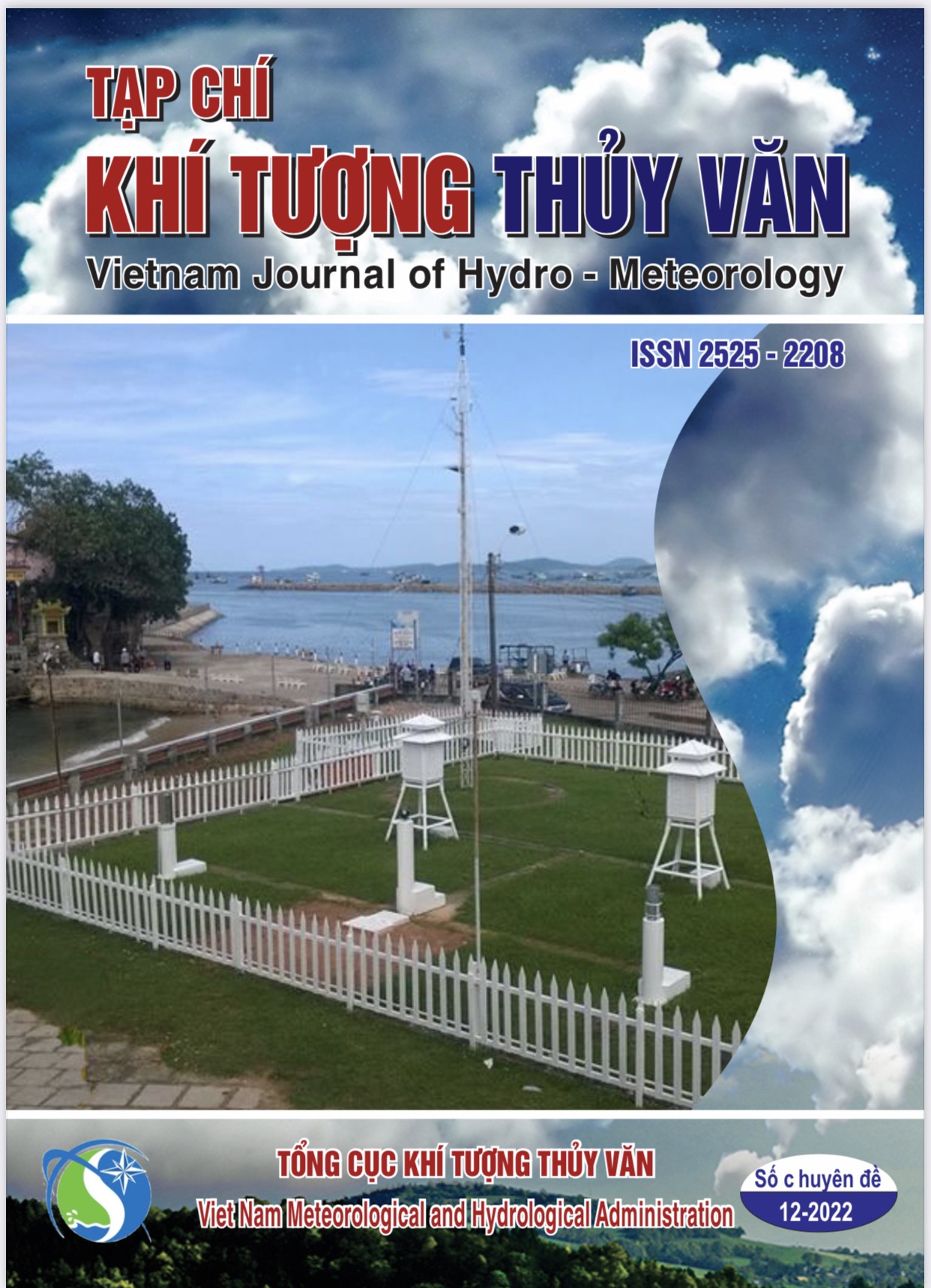
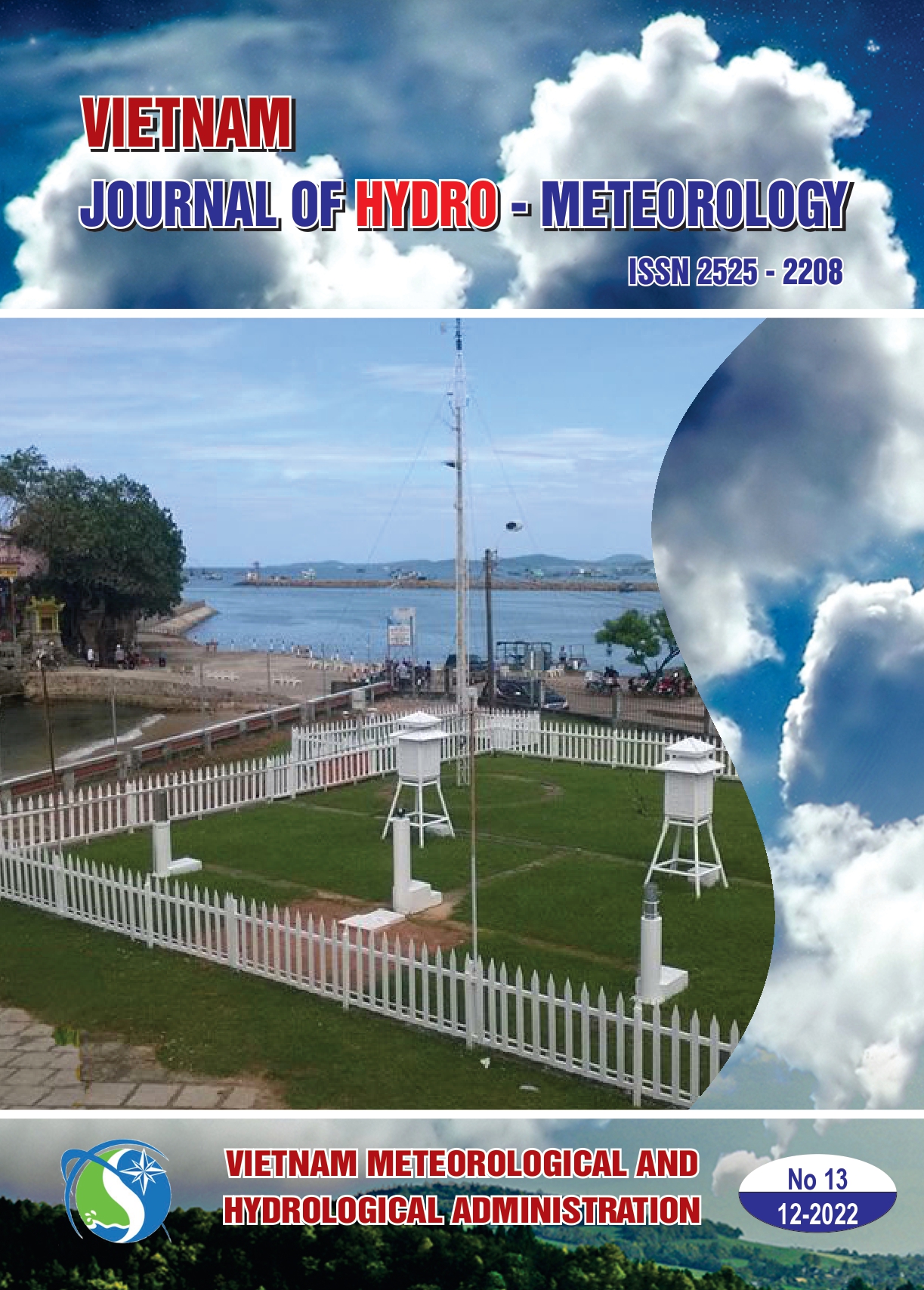
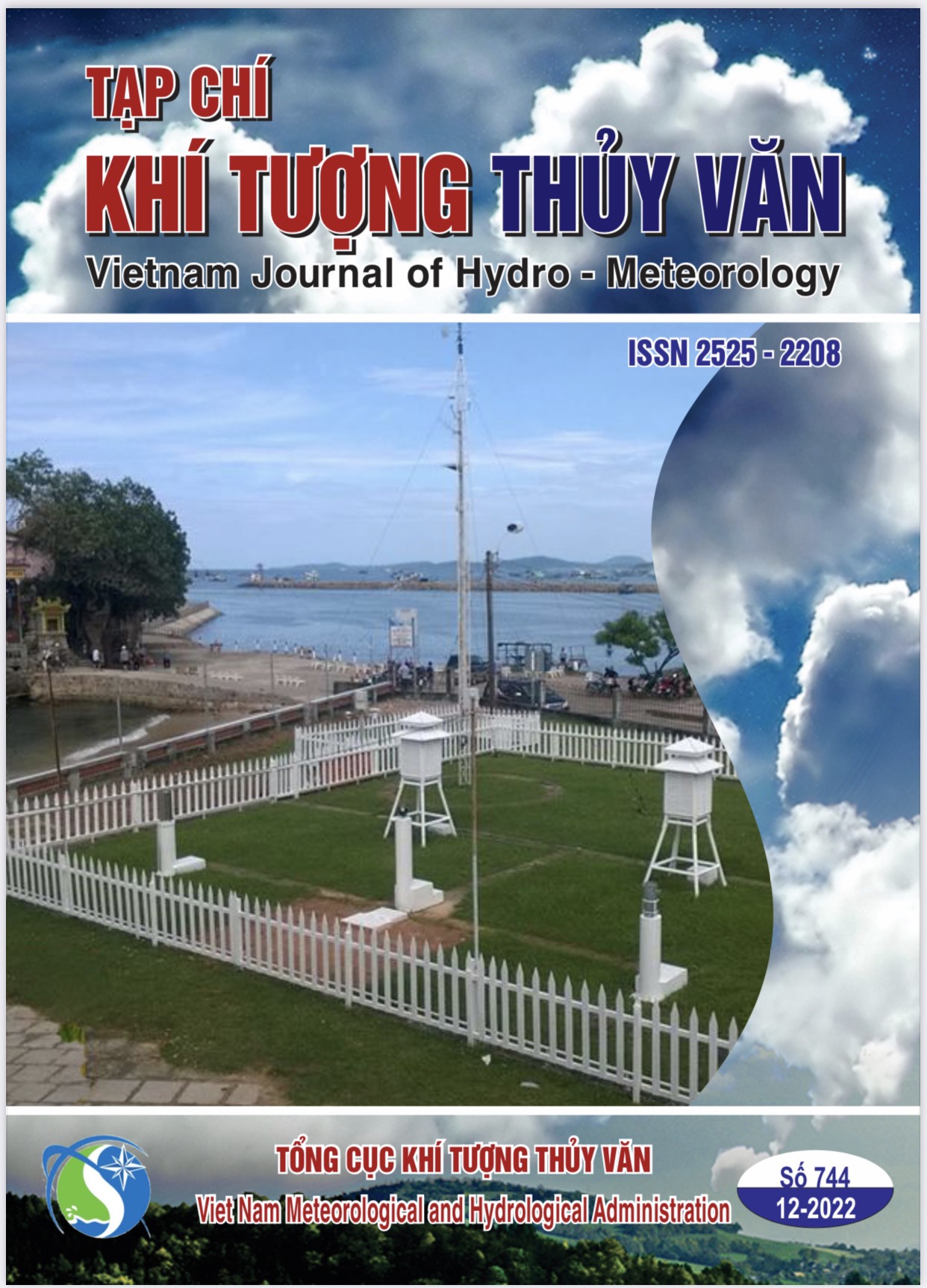

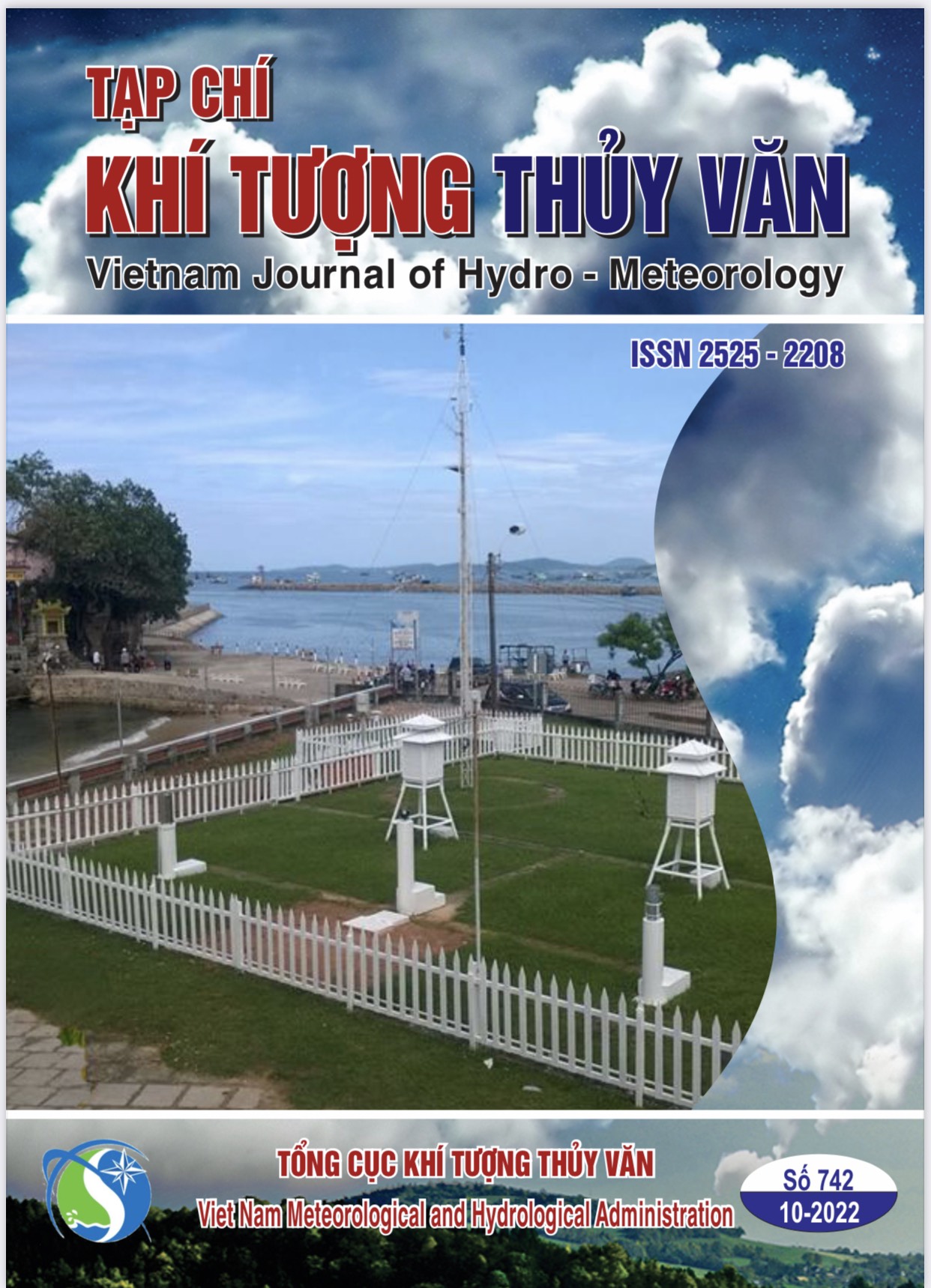
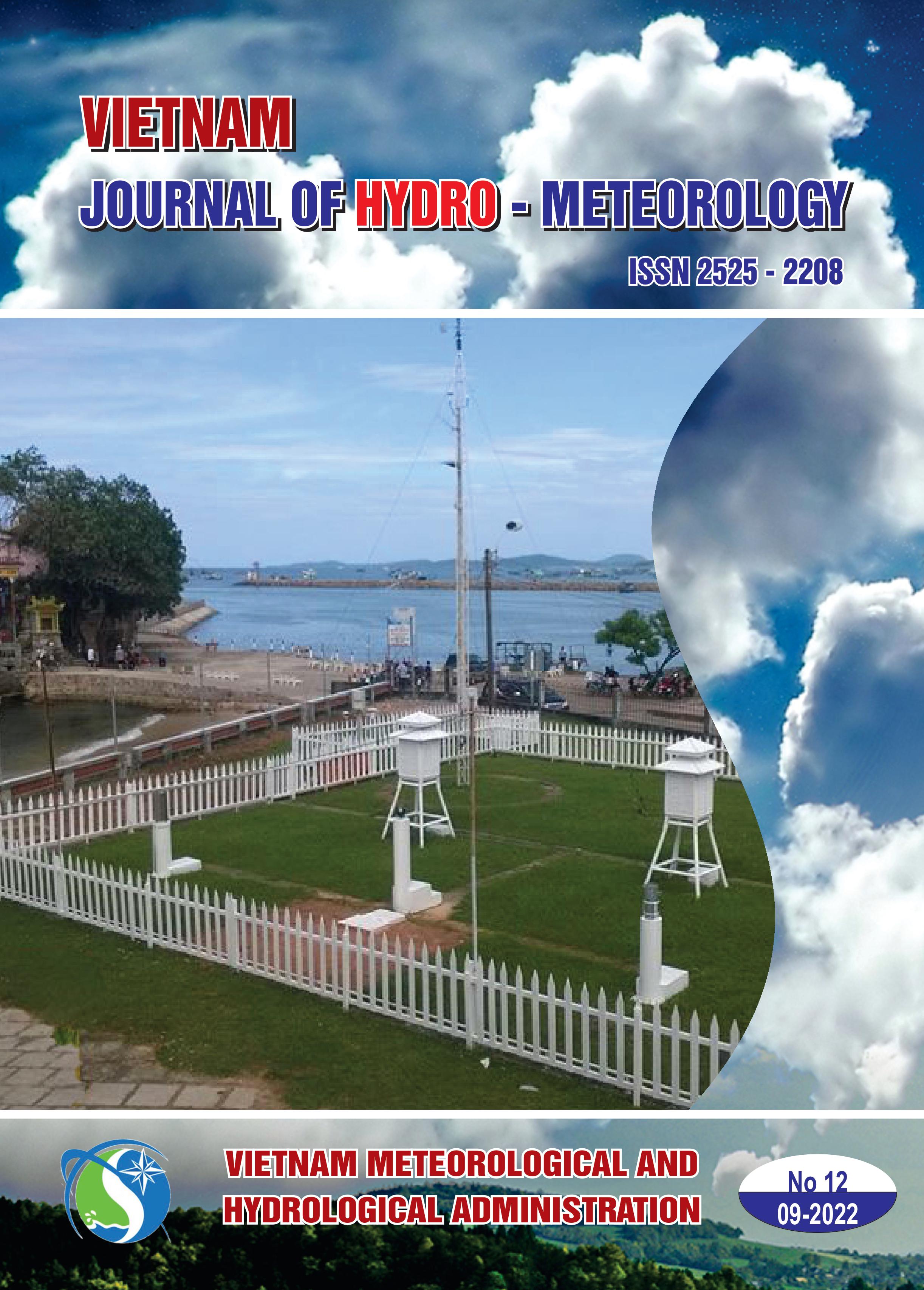
.jpg)
-part11-page-0001.jpg)


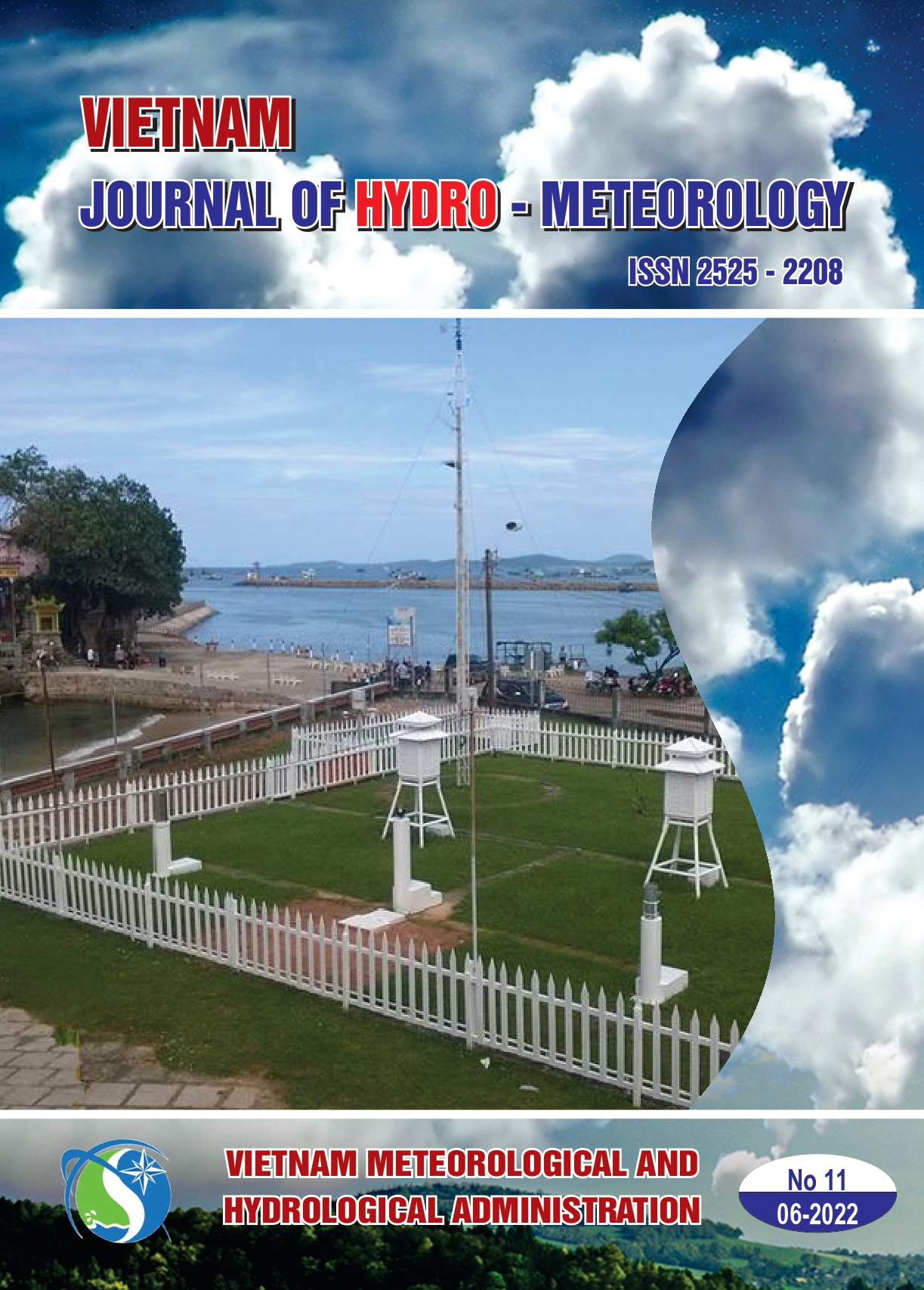

 Tổng cục Khí tượng Thủy văn vừa ban hành Quyết định số 1532/QĐ-TCKTTV về Kế hoạch “Phổ biến, giáo dục pháp luật và truyền thông chính sách có tác động lớn đến xã hội trong quá trình xây dựng văn bản quy phạm pháp luật về khí tượng thủy văn năm 2025”
Tổng cục Khí tượng Thủy văn vừa ban hành Quyết định số 1532/QĐ-TCKTTV về Kế hoạch “Phổ biến, giáo dục pháp luật và truyền thông chính sách có tác động lớn đến xã hội trong quá trình xây dựng văn bản quy phạm pháp luật về khí tượng thủy văn năm 2025” 
.jpg)
.jpg)
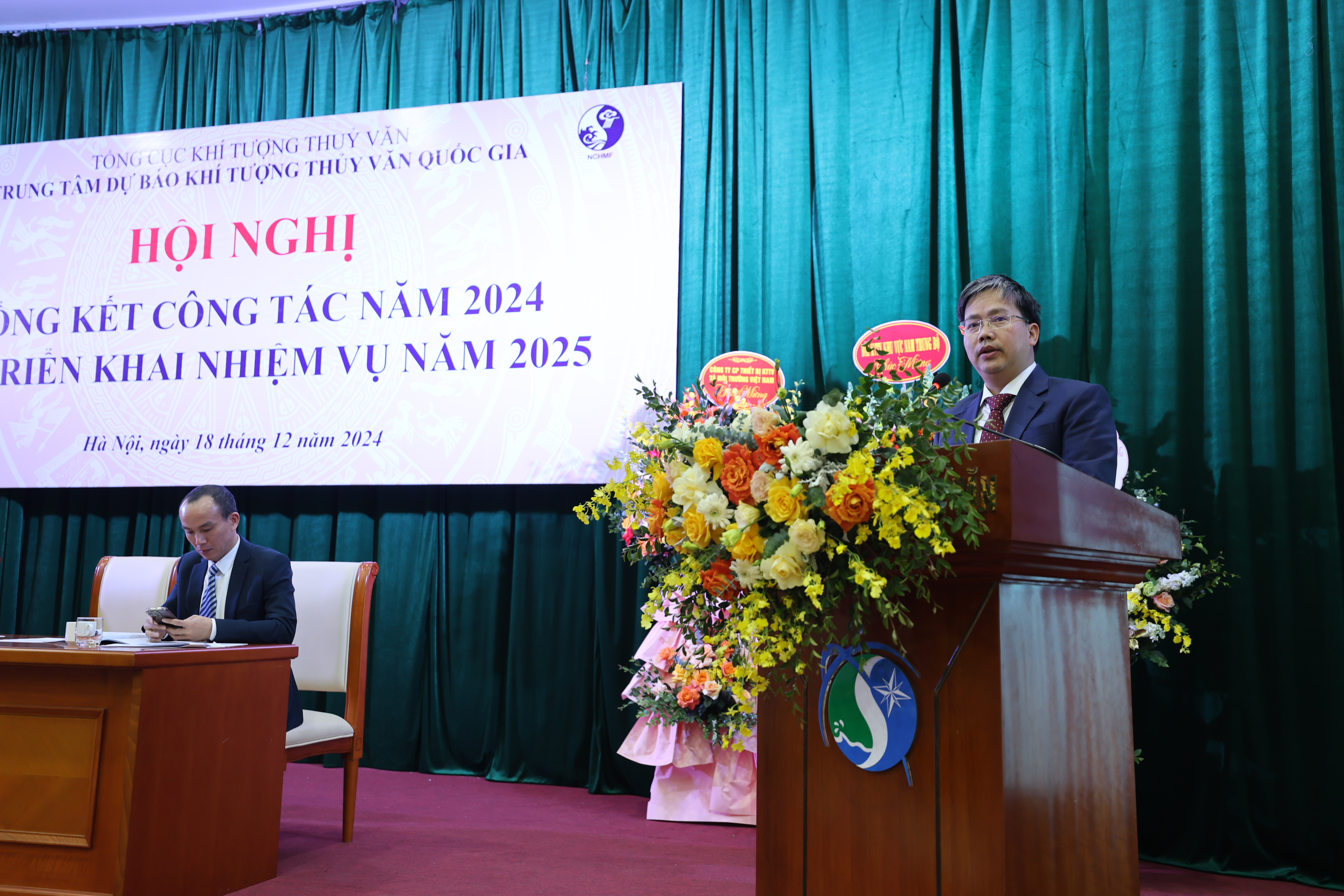
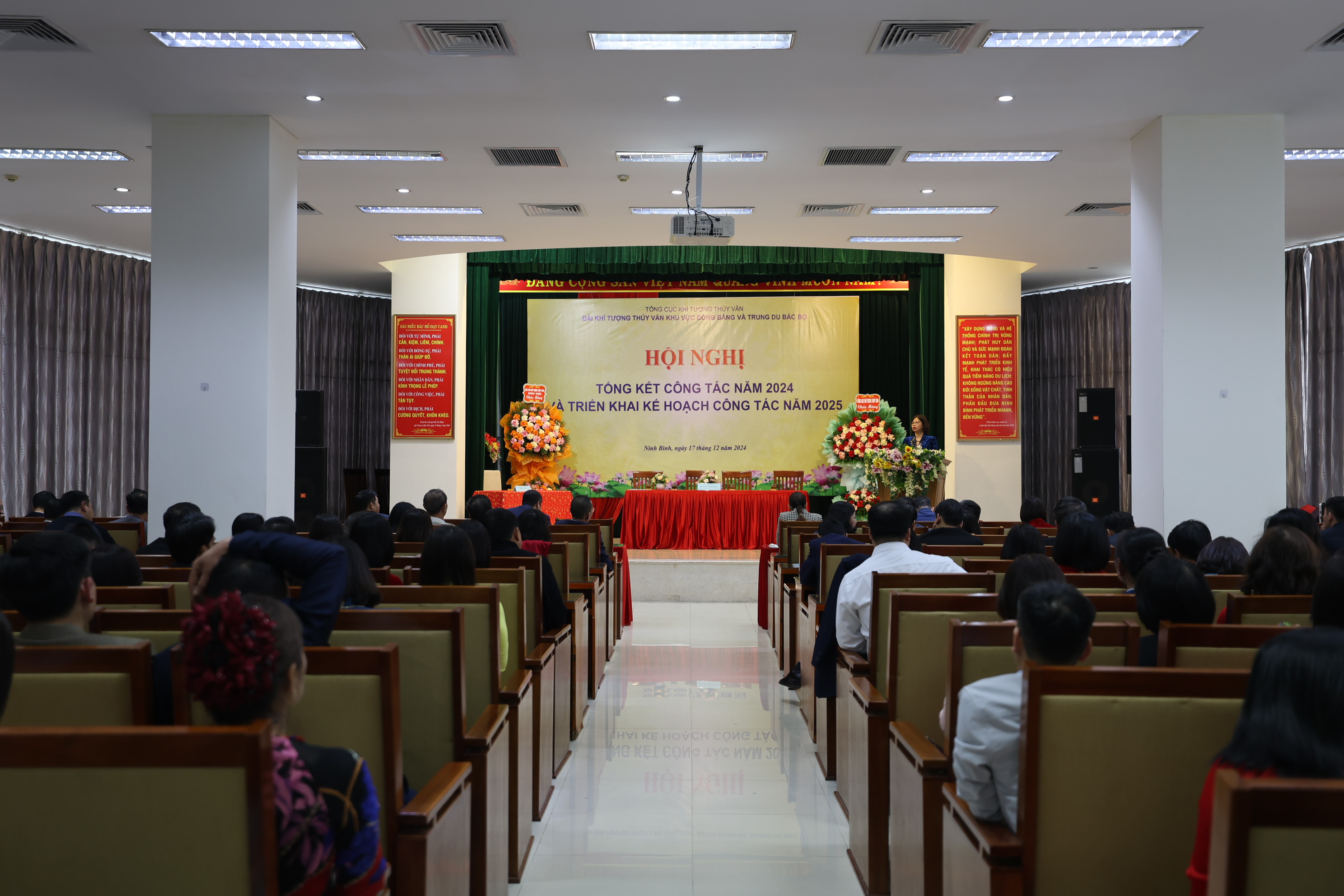
.jpg)
.jpg)